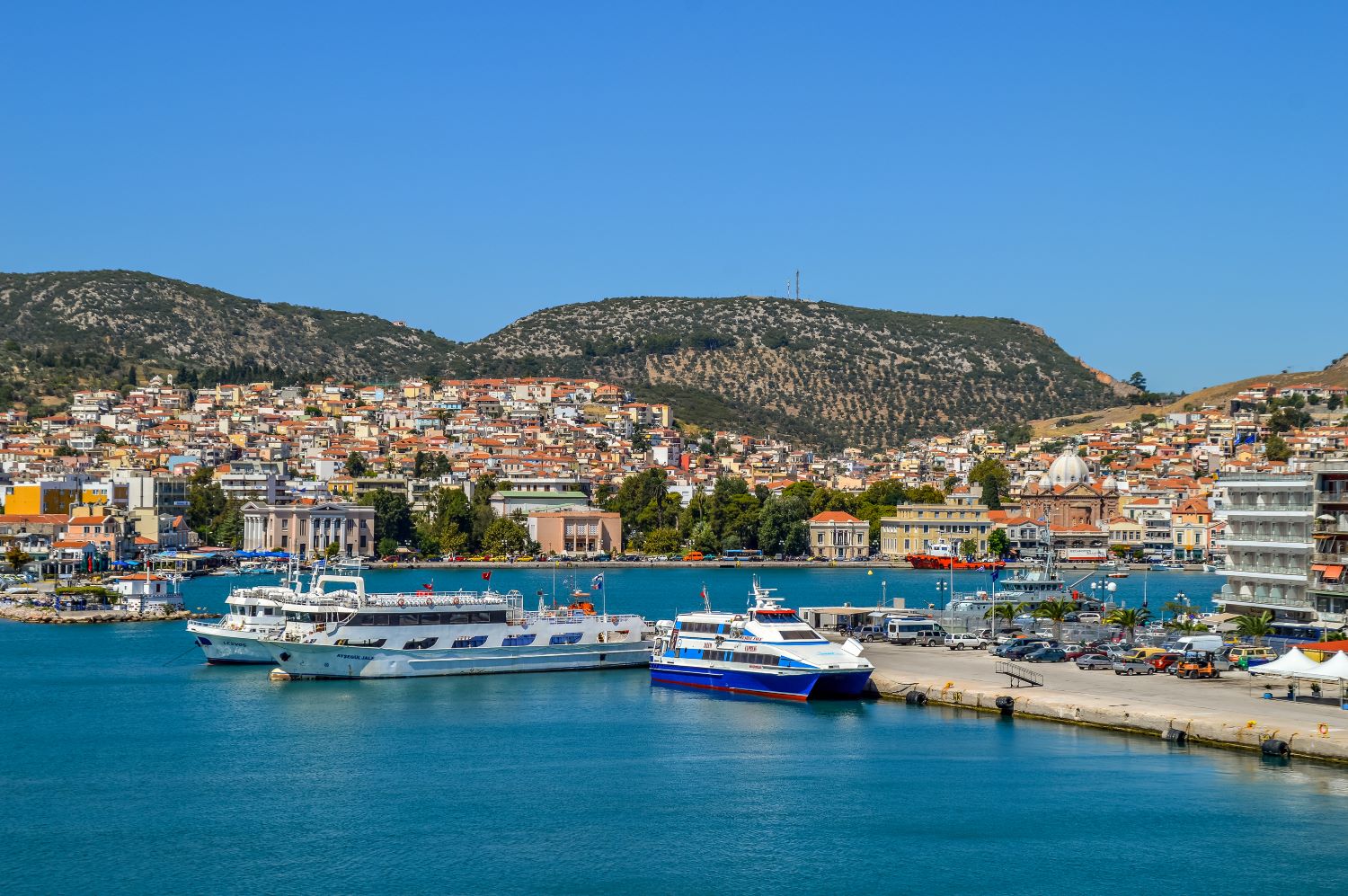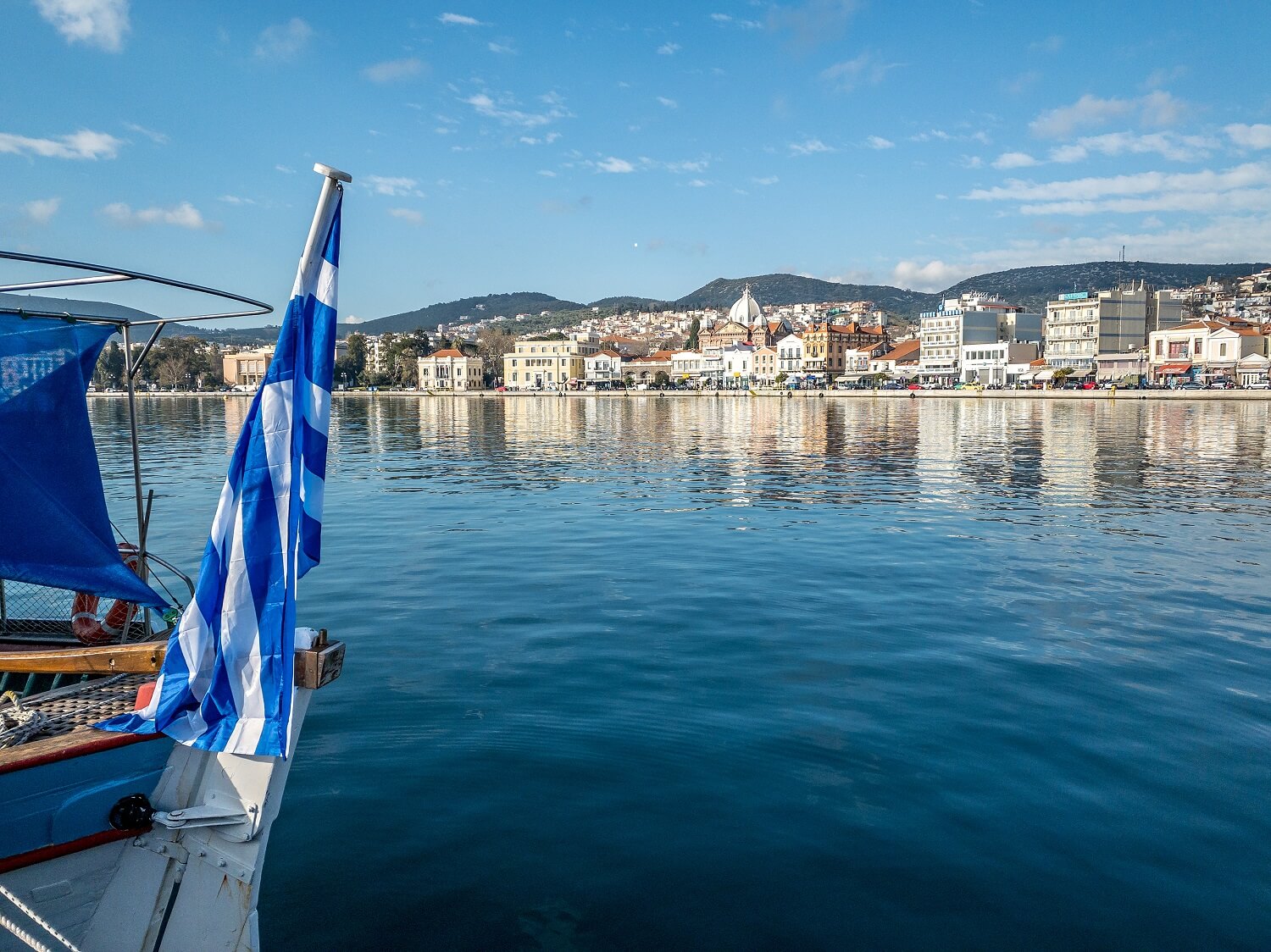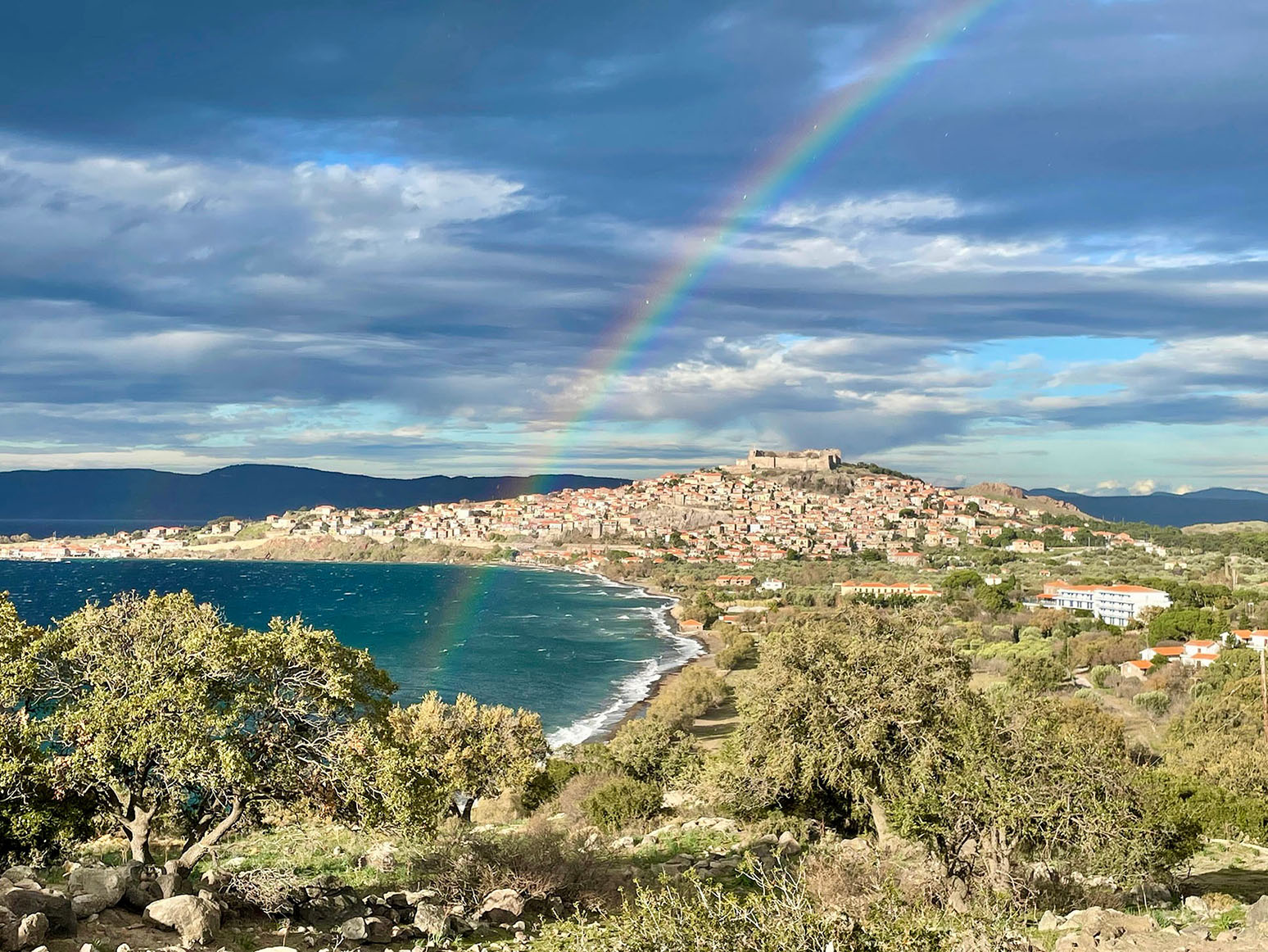Ten Fun Facts about Lesvos: The Hidden Jewel of the Northern Aegean
Although relatively unknown in Greek island terms, it's no secret that Lesvos is one of the best Greek island and the most beautiful, with so much to discover. Here we reveal the things you really want to know about this magical, authentic Greek island paradise!
The name ‘Lesvos’ is originally taken from the ancient Greek word Λέσβος Lésbos, meaning “forested” or “woody”. Lesvos is a beautiful place for relaxation, full of breath-taking views and friendly local faces. Although there are so many wonderfully fun and interesting things to say about Lesvos, we have tried to narrow these down to our top 10 favourite Lesvos facts, so here you go!
Where is it? Northern-Aegean Island of Lesvos
Lesvos is located in the Northern Aegean sea and is the third-largest island in Greece. It is situated across from the Turkish coast, facing from the direction of the north and east. The island of Lesvos is the eighth largest island in the Mediterranean sea, with a population of 84,000 people and spanning an immense 1.632km2. Interestingly, Mytilene, the island’s capital, is in fact also the administrative centre of the Northern Aegean islands.
The Island of Lesvos Has a Long and Interesting History
According to ancient Greek mythology, the hero of the island was and still remains ‘Lesvos’. Macareus was the very first king and his many children offered their names to some of the larger towns which still remain today, including Mytilene, Mythimna, Antissa, Arisvi & Eressos all of which are well-known names of towns throughout Lesvos island.
In the middle ages in Lesvos, the Byzantine Empress, Irene, was banished to live in Lesbos in 802 for the remainder of her days. It became a gathering base for the rebel Thomas the Slav’s fleet in the early 820s.
One of the largest fortresses in the Mediterranean overlooks the city of Mytilene and dates back to the Byzantine era. There is a rumour that it had been built at some point during the reign of Emperor Justinian I, and potentially even erected upon an ancient acropolis, which is a citadel or fortified part of an ancient Greek city.
The Island of Lesvos - Many Different Names
The island is infamously known to have several different names and terms used when referring to the island. The Island of Lesvos is not only also referred to as Lesbos - this is due to the translation from Greek - the letter β in the Greek alphabet can translate as a B or V.
The island is also referred to as Mytilene, after its capital, but Lesvos can also be translated to other names such as ‘Macaros edos’ which means ‘the seat of Macar.’ At the end of the Late Bronze Age, the island was called Lazpa as this was the name for the island of Hittite origin. But we will stick to calling it Lesvos, like the locals!
Many Areas of Lesvos Have Endangered or Protected Status
The island of Lesvos is a wondrous place for sightseeing and landmarks. Interestingly, the entire landscape of Lesvos is considered as ‘Lesbos Geopark’, as it is a member of the European Geoparks Network since the year 2000, as well as a member of the Global Geoparks Network since 2004. This is due to Lesvos’ incredible local geological heritage, educational projects and its promotion of geotourism.
It’s home to a Petrified Forest, basically a vast park of fossilised trees which have been turned to stone. You can see the best examples in the whole of Europe here. It’s awe-inspiring to wander around the network of pathways amongst the huge petrified tree trunks. Bring water on summer days as it can get really hot! The museum in Sigri is also well worth a visit.
There are also a huge number of other protected sites and natural spaces to visit. Interestingly, on Lesvos there are a dozen churches classified as endangered. These churches include Early Christian Basilica Afentelli Eressos, Church of Agios Stephanos Mantamados, Katholikon of Moni Taxiarchon, Kato Tritos, the Church of Agios Nikolaos in Petra and others.
It’s not all about Tourism - The Economy of the Island of Lesvos
The economy of Lesvos does not rely solely on tourism but is in fact largely supported by agriculture, as was the same for the area in ancient times. The olive oil distributed by the island is the main source of income for the island. The olive oil on Lesvos, often referred to as Liquid Gold, by none other than Homer, has always been of high quality and continues to be one of the most famous products of Lesvos island. It’s said to have many health benefits including protection from heart disease. On top of this, the island is known for a variety of types of cheese, the most famous being the PDO (Protected Designation of Origin) cheese - Ladotyri Mytilinis. The Real Lesvos team highly recommend trying it as the locals do as part of a traditional Greek meze (small plates). Lesvos also has great locally grown produce such as pomegranates, almonds, quinces, figs and oranges - some of which are celebrated during annual Greek food festivals.
Lesvos, Home of Ouzo!
It wouldn't be 10 fun facts about Lesvos if we didn't include some outstanding ouzo! Interestingly, for a drink to be considered as ‘ouzo’, there are three criteria which must be met. The still must be copper, the alcohol must be of agricultural origin and, most importantly, it must be made in Greece (of course!).
The term ‘ouzo’ has an interesting story of origin. In the early 20th century, the word ‘raki’ gradually turned into ‘ouzo’. There are rumours still to this day that both drinks are actually the same but we know which one we prefer! Visit one of the famous distillery museums on the island and sample this world-renowned spirit. It’s ideal served over ice with some local, traditional food. And make sure you slow down, drinking ouzo should never be rushed!
Famous Poets from Ancient Lesvos
Lesvos is well-known for its historic figures known during ancient times. Some of the most famous include two poets, Sappho and Alcaeus, who both were born and lived on the Island in the sixth century BC. Their reputation was renowned and interestingly they were both amongst those placed in the canon of Nine Lyric Poets, all of whom are highly esteemed and most recognised for their works in lyrical poetry.
The form of poetry is often accompanied by an instrument, and in such circumstances would be referred to as Melic poetry. You can see a statue of Sappho in the square at Eressos.
Architecture in Lesvos
The island of Lesvos offers a number of charming works of architecture and is the home of some unforgettable landmarks, preserved mountain settlements, harbour villages and Byzantine castles.
Some of the most-visited places include the castles of Molyvos, Sigri and Mytilene, Acropolis of Ancient Pyrra, Catacomb of St. Mary Magdalene, the monasteries of Taxiarchis and Agios Raphael. The Kremasti Bridge and the Sanctuary of Mesa, believed to be built for the Greek Gods and first excavated in 1855, are also worth a visit.
Just walking around some of the ancient villages and visiting the capital Mytiline you’ll see beautiful buildings, 18th and 19th-century mansions with Greek architecture and baroque and neoclassical influences from across Europe. There are also a lot of Ottoman influences including the mosques and Turkish baths. Although these are just some of the amazing destinations the Real Lesvos team love, you can read more about the exciting landmarks and history of Lesvos on our website.
The Hot Springs of Lesvos
The hot springs in Lesvos have been an important feature of the island of Lesvos since ancient times. The springs are surrounded by peaceful settings, beautiful scenery and a soothing, relaxing experience that comes with the therapeutic baths.
An interesting aspect of the springs is the healing water which begins its journey deep within the earth, around depths of 2,500 metres and with a temperature of 39.5 degrees Celsius upon entering the hot springs. The healing attributes of the water are enriched by passing through the various rocks as it travels to ground.
They are well known for their healing attributes including helping with bronchitis, arthritis, rheumatism, kidney ailments, illnesses of the womb, intestinal diseases and many more. Do as the Greeks and go from the hot spring water and into the cooling sea - repeat at least three times for maximum benefits!
Birdwatching on Lesvos
Lesvos is known for its beauty and remarkable history. But it is also a great place to wind down and relax. The island is known for its amazing birdwatching, where you can enjoy the peace and tranquillity and observe the fascinating species of birds that visit Lesvos throughout the year. Interestingly, this is due to Lesvos being on the migratory route, meaning you can spot various types of rare or unusual birds depending on the time of year. Lesvos has been established as one of the prime birding destinations throughout the Mediterranean region, with a number of species exclusive to Lesvos which might be otherwise hard to spot elsewhere in Europe.
Combine this top ten with amazing beaches, traditional family-run tavernas and beautiful hill-top villages and you can see why visitors to Lesvos return again and again. There’s always more to see and discover on this special island! Book your trip to Lesvos now.













